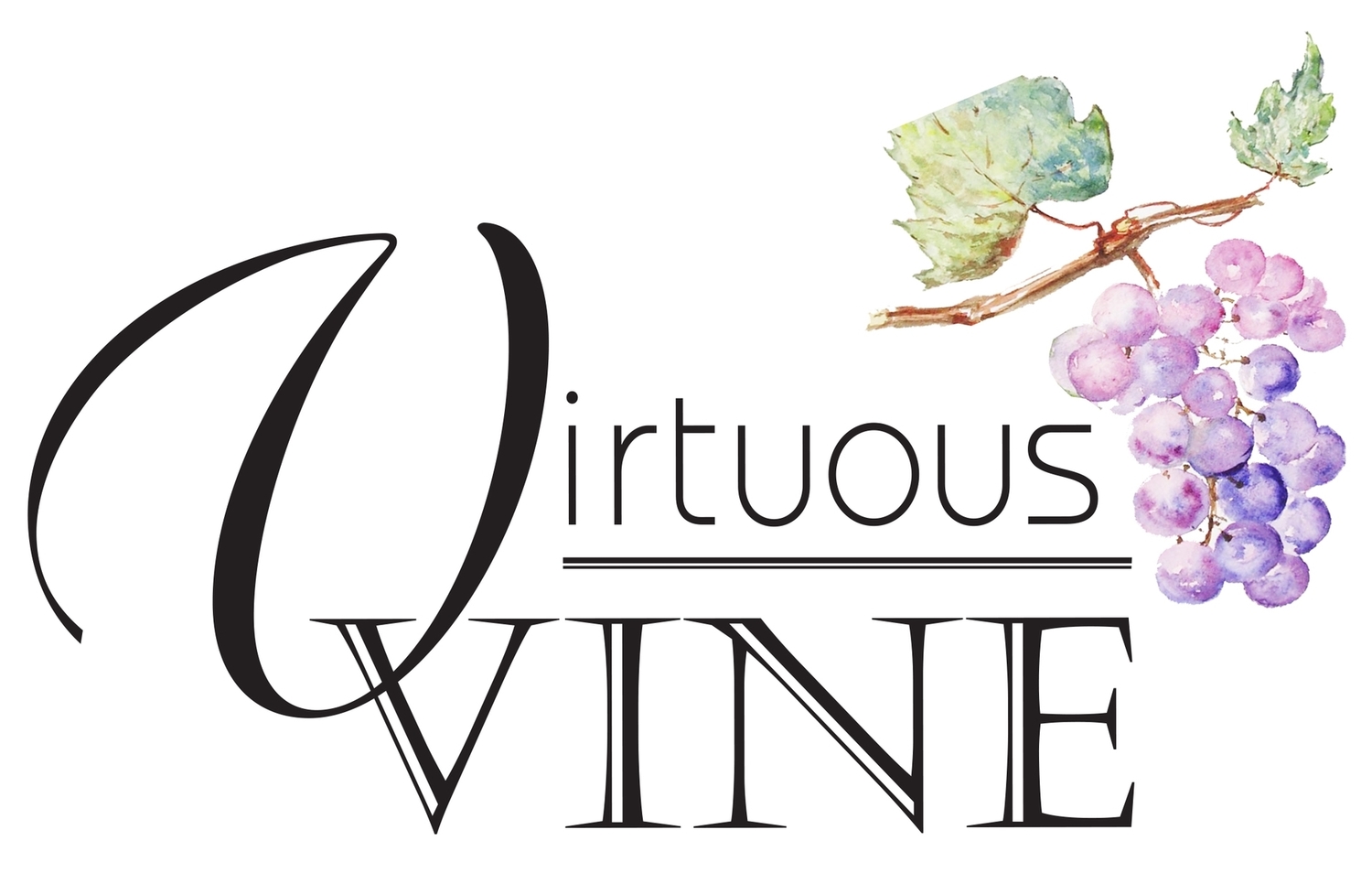Co-planting is an ancient practice, so old that it would have existed unconsciously and instinctively, not as a purposefully sought out method of agriculture.
In fact, its antithesis (i.e. planting a field with a single variety of plant, or more accurately in today’s era, we should say the planting of a single cloned genetic individual), is likely no more than a hundred years old at most, and is nothing more intelligent than a consequence of the hunt for easy farming and high yields.
GMOs, clonal selection, super-productive clones, resistant clones, etc. These were the 20th Century’s solutions to the age-old dilemma of farming (seasonal changes, weather variations, crop diseases, differing yields). Prior to this, diversity, instinct and superstition were relied on.
Today, there is a return to the ancient practices, more harmonious, holistic and sustainable, but now with more intelligence and less superstition. Co-plantation is one such response. Today, in viticulture, we call it a “field blend”, where multiple grape varieties are planted in the one field. They all live together, grow together, are harvested together and ferment together.
Field blends are an echo of a well functioning modern multicultural society, where individuals are allowed to identify with and express their macro and micro cultural specificities of origin, yet function uniquely in response to their new environment, and also in response to the other cultures around them. They all impact on each other, such that the presence of each different culture has its influence on the general direction of the “local” culture. Each individual is a unique expression of the combination of its own genetic baggage, its past, its present environment, and its reaction to the other individuals surrounding it. The result is, on mass, a stronger society with more complex and complete responses to a given situation; i.e. in vineyard terms, a healthier and more resistant field. And in wine terms, the result is an end product where grape variety often slides well into the background, and terroir can speak loudly.
It’s actually the same argument that applies to natural fermentations. By using a high performance selected yeast, an oenologist is allowing only one individual yeast clone to express itself in the fermentation. Whereas during a natural fermentation, where the full population of indigenous yeast are allowed to have their impact, multiple and complex answers are given to the same question, i.e. a more complex wine aromatically and texturally.
And worse still, it should be mentioned, there is a new trend where wealthier wineries will hire a laboratory to select a yeast strain from their own cellar and reproduce it for use in their winery. This allows them to respond to the awkward question about how their wine is fermented with a more comfortable response “we use our own unique home-grown and selected yeast”. Some reputed wineries even commercialise their “home selected” yeast on the pretext that it will make other wines great like their own. But ultimately, it all falls down on the same problem: one individual gets all the say. It’s a bit like a nationalist dictatorship.
We vote for diversity! And this, at all levels, from micro-biology to plant genetics, to wine and food, and society and politics.
In our humble opinion…
by Charlie Simpson



